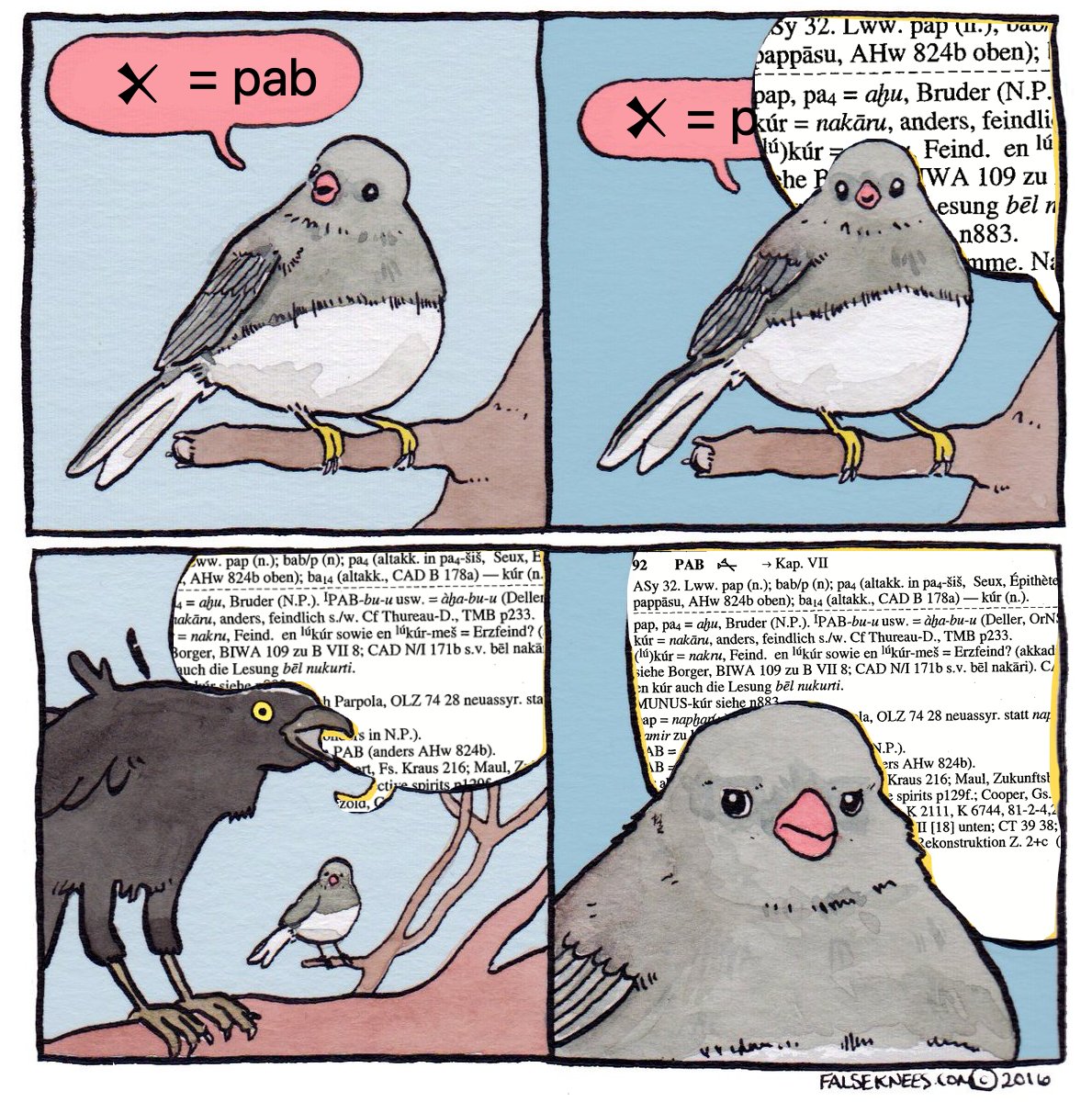
Fact 15: Many kinds of texts were written in cuneiform. While inscriptions carved in stone often feature the great deeds of kings, plenty of everyday letters, contracts, accounting documents and even school exercises have also survived on clay tablets. 

The earliest proto-cuneiform tablets were mostly numerical accounts of things like grain, livestock, trade goods or even people — basically ancient spreadsheets — with little if any actual written text. Yes, accounting was invented before writing! 

Many tablets come from ancient scribal schools. Some feature mathematical exercises, model contracts or copies of old Sumerian tales and proverbs. Others are just basic exercises in writing on clay, like this one where a student simply wrote the same simple signs over and over. 

Writing contracts was a staple of scribal work, and plenty survive to this day. The school tablet shown below (described in more detail at cdli.ucla.edu/pubs/cdlj/2014…) bears two model contracts: one for adoption of an abandoned child and one for the sale of an orchard. 

Of course, literary and lyrical works were also written down in cuneiform, preserving some of the earliest known songs, liturgies, myths and folktales, like the tale of the Poor Man of Nippur (en.wikipedia.org/wiki/Poor_Man_…) of which a fragment is shown below. 

One interesting genre are “scientific” documents such as astronomical and medical texts. While some of these, like this model of a sheep's liver used to teach haruspicy, might seem like little more than pseudoscientific superstition today, they clearly used to be taken seriously. 

There are also many personal letters that give a unique view into ancient private and business correspondence. One rather famous letter, written to the Babylonian trader Ea-Nāṣir c. 1750 BCE, is often called "the oldest written customer complaint": en.wikipedia.org/wiki/Complaint… 

What are your favorite cuneiform tablets or inscriptions?
Image sources for this thread:
1. cdli.ucla.edu/search/archiva…
2. cdli.ucla.edu/search/archiva…
3. cdli.ucla.edu/search/archiva…
4. cdli.ucla.edu/search/archiva…
5. cdli.ucla.edu/search/search_…
6. cdli.ucla.edu/search/archiva…
7. commons.wikimedia.org/wiki/File:Comp…
Image sources for this thread:
1. cdli.ucla.edu/search/archiva…
2. cdli.ucla.edu/search/archiva…
3. cdli.ucla.edu/search/archiva…
4. cdli.ucla.edu/search/archiva…
5. cdli.ucla.edu/search/search_…
6. cdli.ucla.edu/search/archiva…
7. commons.wikimedia.org/wiki/File:Comp…
• • •
Missing some Tweet in this thread? You can try to
force a refresh








